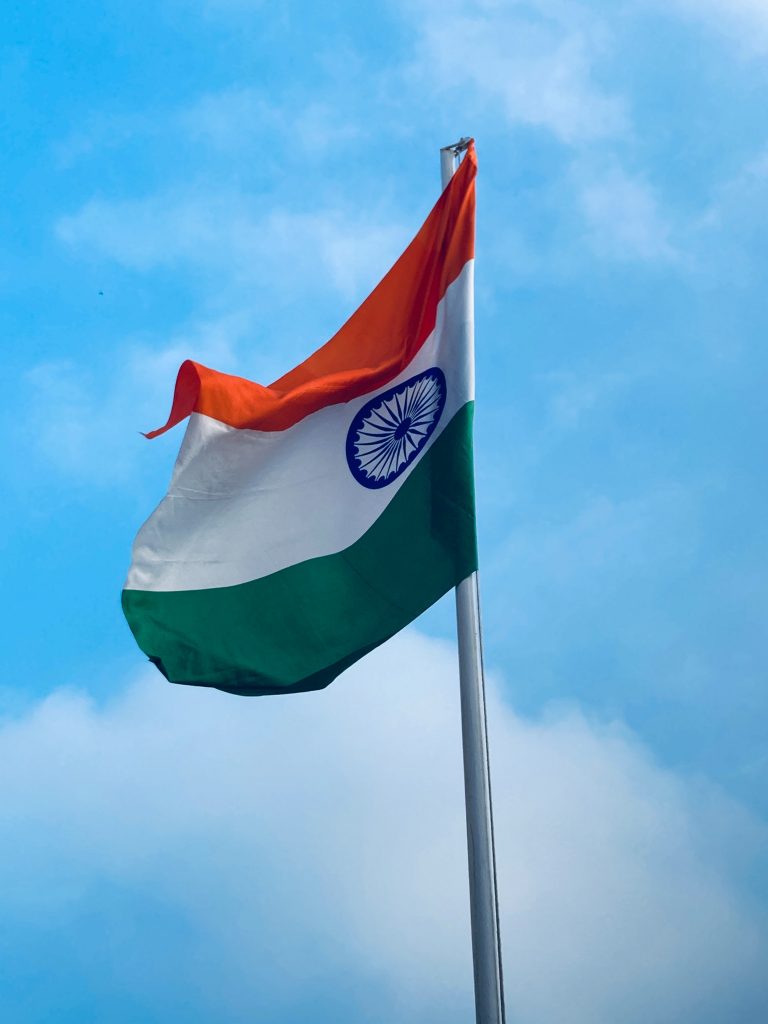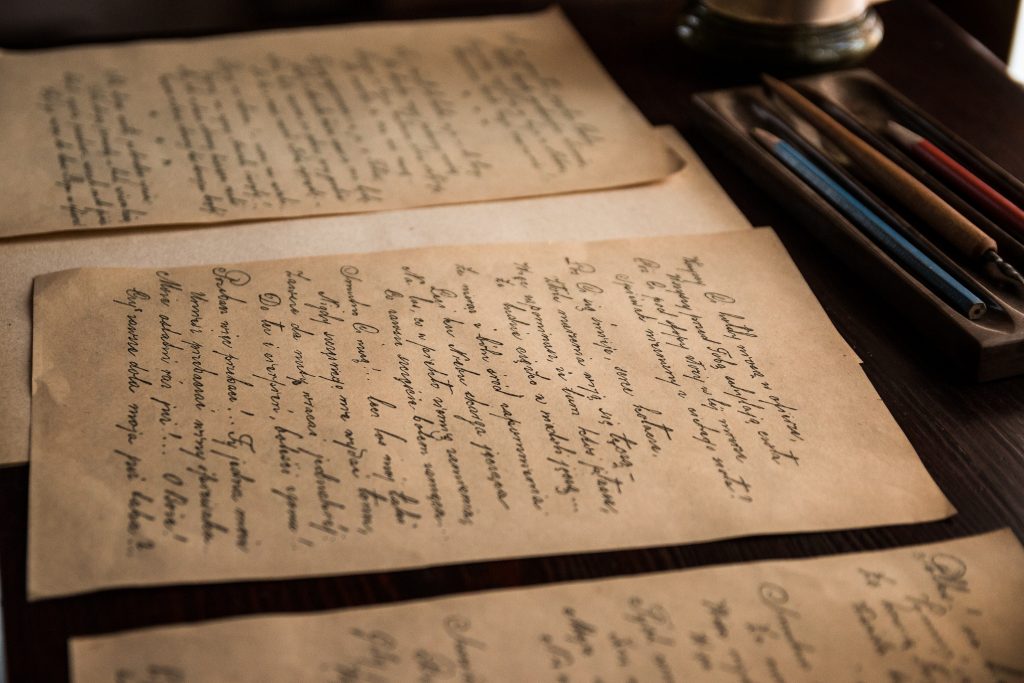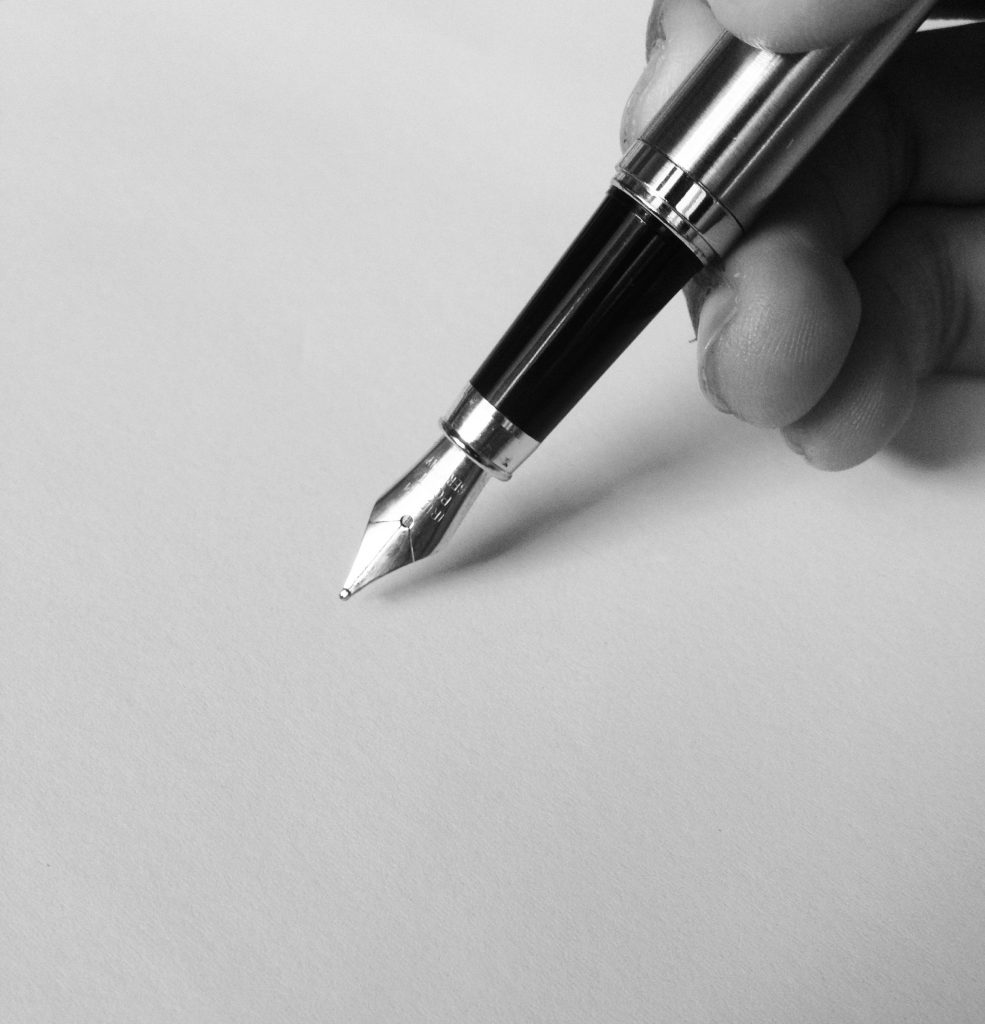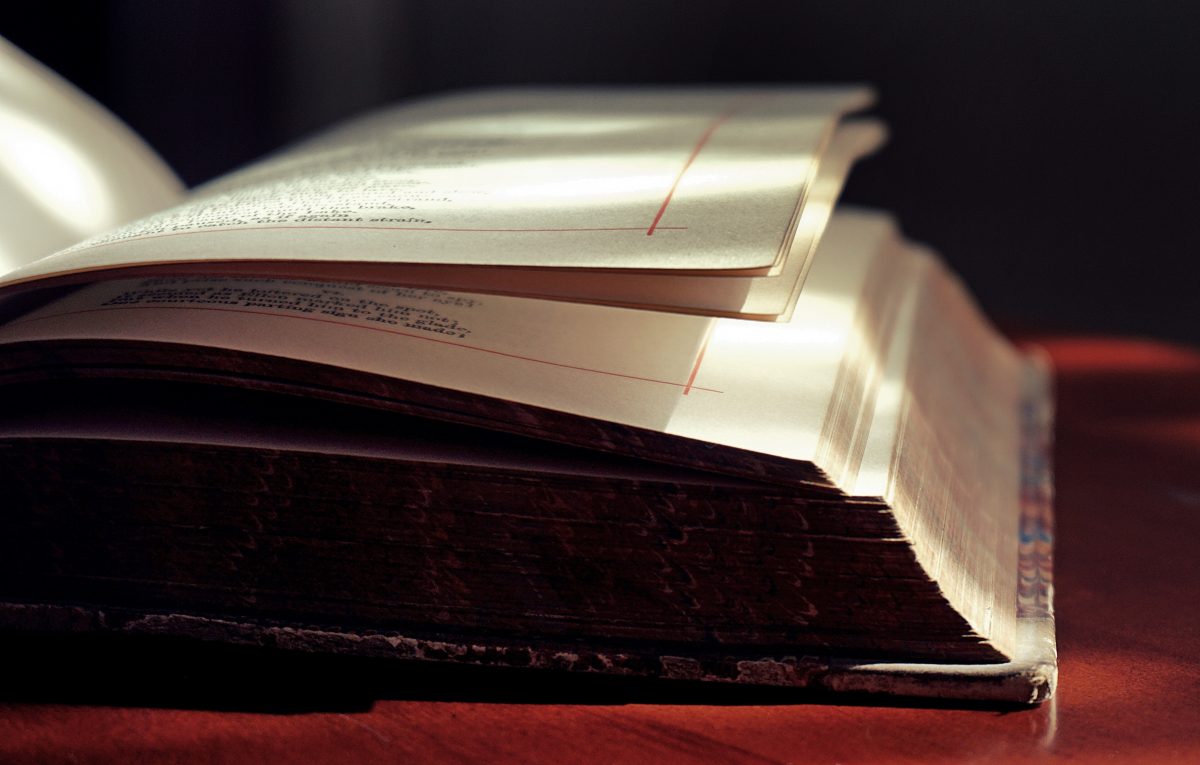On 26 November 1949, the Constituent Assembly of India adopted the Constitution of India, which was effective from 26 January 1950.
The general idea of a constitution originated from the writings of the Greek philosopher, Aristotle. In his work Politics, Nichomachean Ethics, he uses the word "constitution" in a variegated sense. The essence being, any state or nation irrespective of its inner turmoil or instability from outside threats, essentially has a set of rules to govern its people (citizens).


The framing of the Indian Constitution began on December 6, 1946, with the formation of the Constitution Assembly and the compendious task reached completion on 24 January 1950. The entire process took 2 years, 11 months, and 18 days with Rs. 6.4 Million as a total expenditure. Bhimrao Ambedkar also called the Father of the Indian Constitution had contributed most in the making. He was appointed Chairman of the Drafting Committee.
In between the timeline of drafting the constitution, there were many significant events, most important being the adoption of the Indian National Flag on 22 July 1947.


A compilation of the features from various sources including features from the constitution of almost ten countries- America, Australia, Britain, Canada, France, Germany, Ireland, Japan, South Africa, and the Soviet Union; the Indian Constitution is unique. It is the second-longest constitution in the world comprising 395 articles (in 22 parts) and 8 schedules.
Our constitution; the idea of which sparked from the initial wave of socialism in 1934, led by leaders like M.N. Roy for the welfare of the society; tells the citizens of India about the Fundamental Rights, Duties, the Directive Principles of State Policy, Political structure of the government, Ruling of the various governments- State and Central, functions of the Election Commission and much more.
The original hand-written copies of the Constitution are kept in helium-filled cases in the Library of Parliament House.


Even the date for celebrating Constitution Day i.e. 26 November holds symbolic value. In 1930, on the same date, Purna Swaraj was publicly issued, and for the next 17 years, it was celebrated as Indian Independence Day.
A country's constitution is only a written set of rules. It holds significance because it is the symbol for all citizens of equality, justice, free speech, and his recognition as a citizen of that country. It is a source of foundation in the actions a common man, the government and the judiciary take to uphold the nation's integrity. It is a hope that people hang on to.
On Constitution Day, also called the National Law Day or the Samvidhan Diwas, we remember the lesson of secularism, brotherhood, and a sense of duty the constitution teaches us. We recall the tedious task completed beautifully by our iron-willed leaders and derive inspiration to uphold the values laid down by them. We, as a nation, also strive for progressive growth for which the government makes amendments whenever required.
The Indian Constitution was not typed or printed but hand-written with beautiful illustrative art by Shantiniketan.


As citizens, we can celebrate this day by educating ourselves about the importance of the constitution, and by having an overview of its content. It is not possible to memorize the document but the key point to remember is that we must "Ask not what our country has done for us. Ask, what we have done for your country." By observing our share of rules only we can fully respect the constitution and the nation.







4 replies on “Constitution Day”
I enjoyed this and foundit helpful.
Thank you, reader! Your appreciation keeps us motivated to do even better. We’ve recently posted about Black Friday- the related stories, etc. Do check it out and other our blogs. Hope you find them interesting as well!
You outline some vehement arguments.
Thank you, reader! Hope you enjoy our other blogs as well. Love to have an honest feedback!